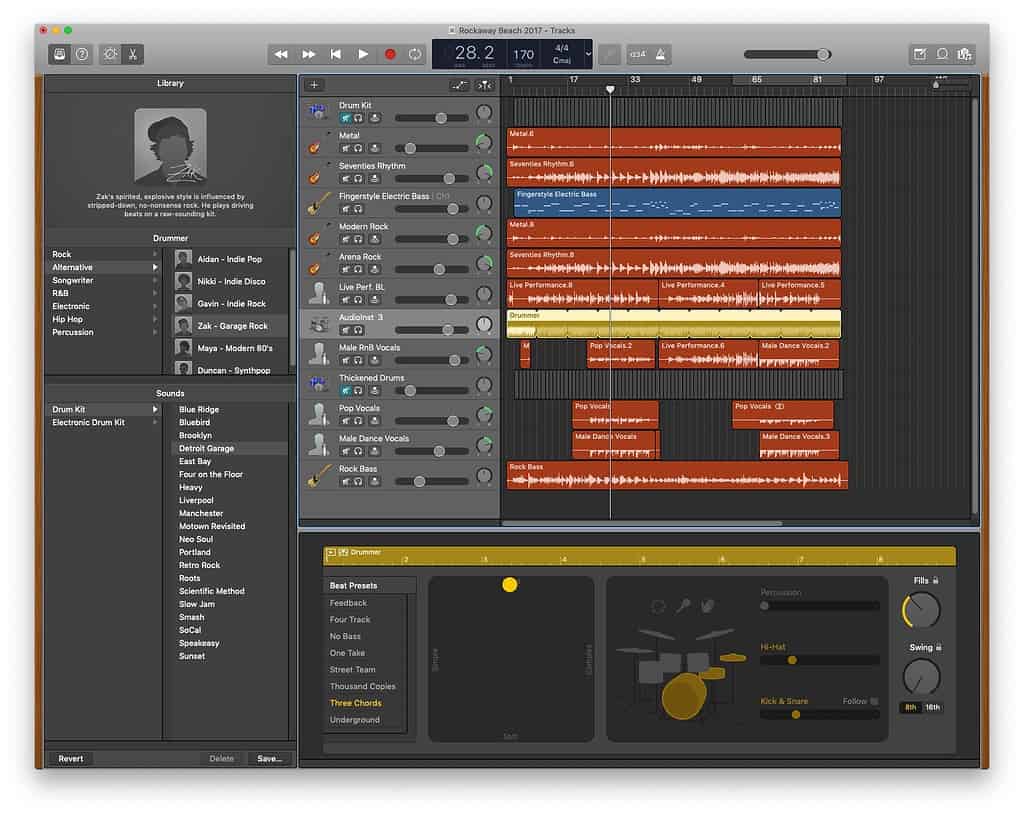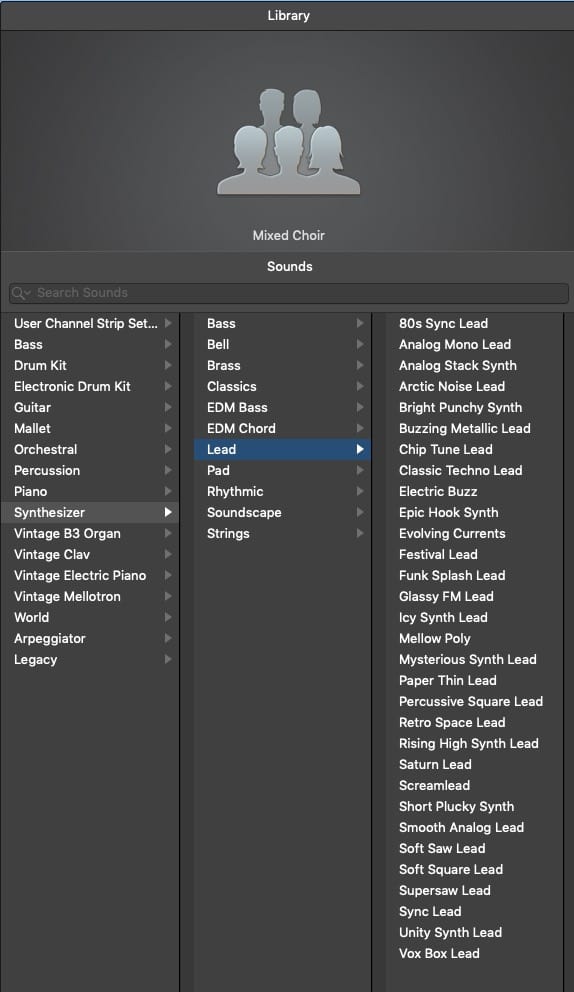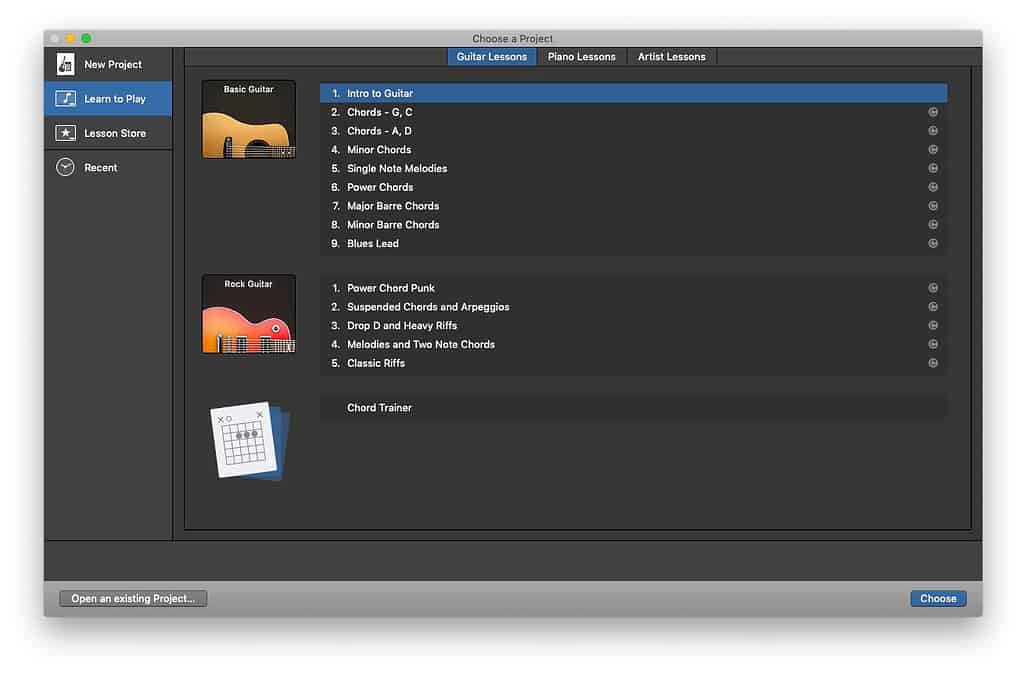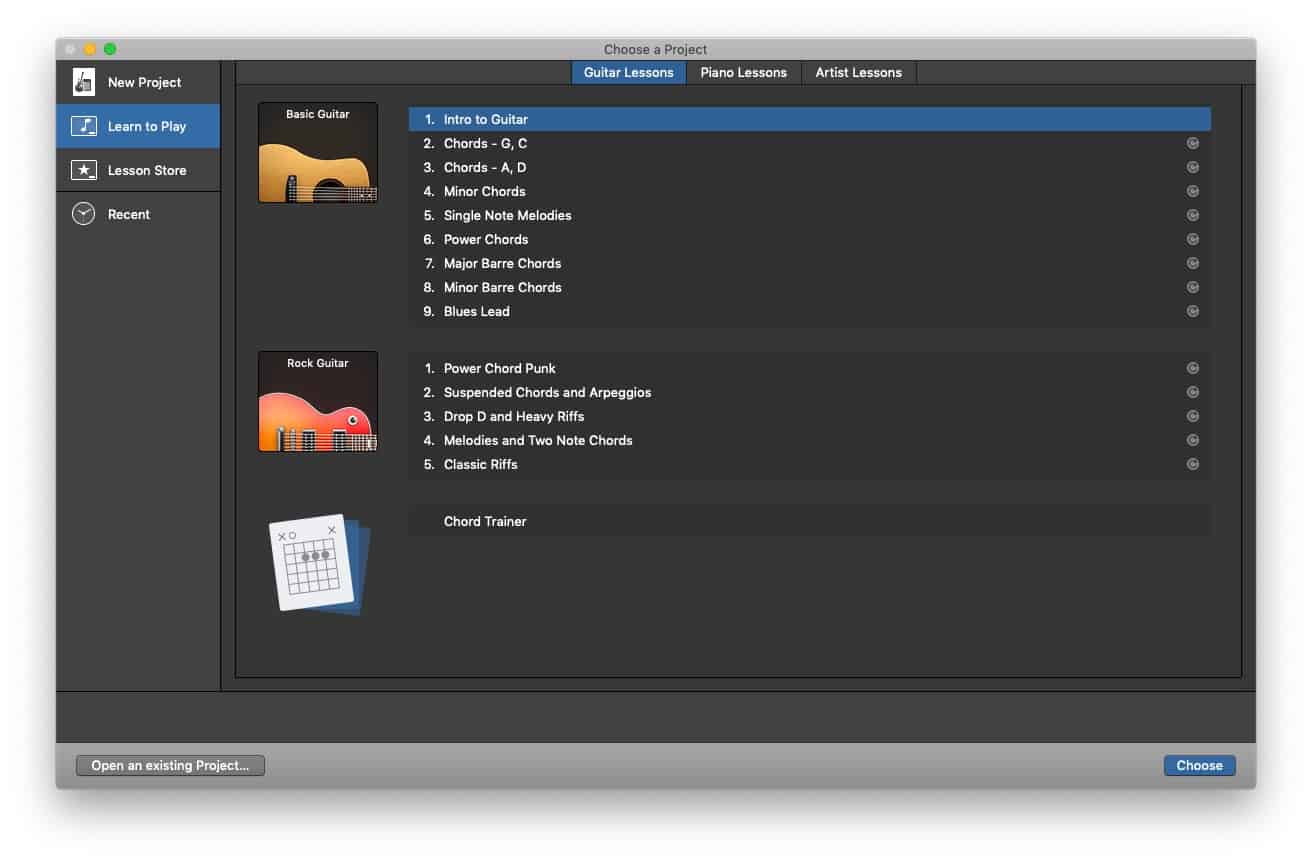Dr. Mac’s Rants & Raves
Episode #336
After college I studied audio engineering with legendary producer Bill Lazerus, whose credits include producing or engineering artists such as James Taylor, Barbara Streisand, B.B. King, Diana Ross, and hundreds of others. Although my degree was in marketing and I worked days at an ad agency, what I really wanted was to produce rock ‘n’ roll music.
Reality Sets In
When I graduated from the engineering program, reality set in.
Entry level audio engineering jobs were few and far between. I couldn’t afford studio time at even a third- or fourth-rate recording studio. And home studios at that time cost as much as my house itself.
Realizing my chances of becoming the next George Martin were slim and none, and that advertising wasn’t my cup of tea, I pivoted and accepted a job as Editor-in-Chief of a scruffy little independent Mac magazine called MACazine. After MACazine was sold to Macworld, I spent the next decade writing about the Apple universe in books and magazines.
GarageBand Changed Everything
But… I never stopped wanting to produce (and play) music.
Audio recording software and hardware were still cost-prohibitive around the turn of the century, so my love of recording music was unrequited until 2004. That was the year Apple introduced GarageBand and changed everything.
I was at the 2004 Macworld Expo keynote when Steve Jobs unveiled GarageBand for the first time with help from John Mayer. I ran from the auditorium to the Wiley booth on the show floor and begged my editor to let me write GarageBand For Dummies.
I succeeded and GarageBand For Dummies came out in late 2004.
At the time I was blown away by how easy and inexpensive it was to record, mix, and master professional-sounding tracks with GarageBand. For the first time, anyone could afford the digital equivalent of a well-equipped recording studio.
After a few years I found I wanted more horsepower in my production setup and switched from GarageBand (free) to its pro-quality sibling, Logic Pro (currently $199 in the Mac App Store). So I hadn’t seen much of GarageBand in recent years, at least not until my publisher invited me to revise GarageBand For Dummies later this year.
GarageBand: Better Than Ever (and Free)!
I was shocked. I hardly recognized it. The user interface is much more refined and many features are easier than ever to use. It now includes 28 virtual drummers that are at least a million times better than loops or sequencers when you want to create drum tracks that actually sound like they were played by a human.

I mean no offense to real drummers (hi Dave)—I’d rather use a human. But that’s often impossible when I’m recording in my office and no human drummers happen to be handy.
But I digress.
With hundreds of built-in instruments including synthesizers, a full orchestra, strings, brass, and guitar amps, it truly is an all-in-one solution anyone can use to create professional-sounding music.

It even includes free keyboard and guitar lessons, so you can learn to make music even if you don’t know how to play an instrument (yet).

My point is, if you haven’t looked at GarageBand lately, you might want to check it out. I think you’ll be pleasantly surprised at how mature and usable it’s become and how much fun it is to use.

Garageband is fun and I use it for quick demos before cranking up the de facto Pro program Pro Tools. The problem with Garageband is it’s basically a tease to get a real DAW in Apple’s mind Apple’s $200 Logic for some basic reasons. You can’t create an Auxiliary track in Garageband and buss other tracks to it; no tracks in GB can have send & returns; no side chaining of reverbs or effects. GB still packs a lot of plug-ins and such into the mix – and if you pop for the $20 Mainstage 3 in the App store you gain about what used to be from Apple $300 of sampled sounds and loops to use as well. But you CAN get insert effects and bussing with other FREE DAWs- see Ableton and PreSonus or Cakewalk all with free versions. 🎸🥁🎹
All true. But for those new to making music, GarageBand is easily the best introduction. When first starting out, they don’t even know what an Aux track, side chain, or bus is, much less how to use them.
If you know what those things are, and know why you want them, then I agree another DAW might be a better option. (And that’s part of why I use Logic Pro most of the time.)
But for those just getting started, GarageBand will provide good results faster (and less confusingly) than the others.